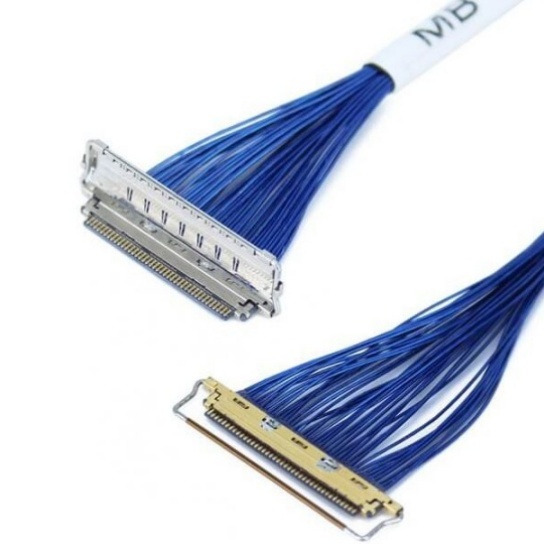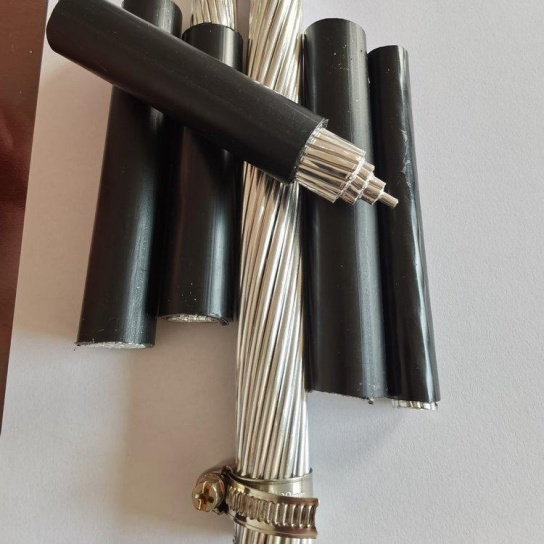Navy Tests Underwater Aviation Cables for Drones: Revolutionizing Persistent Undersea Operations
Subtitle: Cutting-Edge “Underwater Tether” Tech Promises Unprecedented Power and Data for Naval Drones
Imagine a drone silently patrolling ocean depths for weeks, not hours. Its sensors constantly feeding high-bandwidth data – live video, sonar scans, environmental readings – back to its mothership. All while drawing unlimited power. This isn’t science fiction; it’s the groundbreaking potential of the underwater aviation cable systems currently being tested by the US Navy.
Fueled by the strategic imperative to dominate the undersea domain, the Navy is pioneering the adaptation of proven aviation drone tether technology for demanding underwater environments. This innovation addresses the critical Achilles’ heel of modern Unmanned Undersea Vehicles (UUVs): limited endurance and data transfer capability. These new underwater drone tethers aim to provide continuous power and high-bandwidth communication, transforming how naval drones operate beneath the waves.
What’s Being Tested? The “Underwater Tether”
- Core Technology: Leveraging lessons from tethered aerial drones used for surveillance and communication, the Navy is developing ruggedized, waterproof cables specifically designed for the marine environment. Think of a sophisticated, reinforced extension cord feeding power and data.
- Key Components:
- Robust Conductors: Heavy-duty copper or specialized alloys capable of efficiently transmitting significant electrical power over hundreds of meters, even thousands.
- High-Bandwidth Fiber Optics: Integrated fiber optic strands within the cable enable lightning-fast, low-latency data transmission – crucial for real-time HD video, sensor data, and command/control signals.
- Armored Jacketing: Multiple layers of polymer and tensile steel armoring protect the delicate internal components from crushing depths, abrasion against the seabed, marine life encounters, and potential entanglement.
- Dynamic Stress Management: Sophisticated designs including specialized strain-relief elements and flexible sections manage the constant tugging, twisting, and currents experienced during underwater operations.
Why This Matters: Solving Naval UUV Challenges
Deploying untethered UUVs faces significant limitations:
- Power Crunch: Batteries restrict missions to mere hours or days. Refueling/recharging requires recovery, causing operational gaps. Tethered power eliminates this, enabling potentially unlimited underwater endurance.
- Data Bottleneck: Transmitting large sensor datasets through water (acoustics/optical) is slow and bandwidth-limited. Fiber optic tethers provide a direct, high-speed pipe for massive real-time data flow.
- Control Lag: Latency in acoustic communications hinders complex maneuvering and real-time responses. Tethered control offers near-instantaneous command signals, critical for delicate operations.
- Signal Vulnerability: Traditional underwater comms can be intercepted or jammed. A secure, hardwired connection via tether provides inherent communication security.
Potential Game-Changers: Naval Applications
The successful implementation of this tech unlocks revolutionary capabilities:
- Persistent Surveillance & ISR: Continuously monitor strategic chokepoints, harbors, or areas of interest from the seabed for weeks/months. Track submarine movements or detect underwater threats with unprecedented persistence. (Keywords: maritime domain awareness, asymmetric threats).
- Infrastructure Security: Provide constant undersea critical infrastructure protection for pipelines, communication cables, or offshore energy installations.
- Mine Countermeasures (MCM): Enable extended, detailed searches of large seafloor areas using sophisticated sensors on tethered drones, significantly speeding up MCM operations.
- Environmental Monitoring & Seabed Mapping: Collect long-term oceanographic data, perform high-resolution seafloor surveys, or monitor marine ecosystems continuously.
- Underwater Communications Hub: A tethered drone could act as a submerged communications node, relaying signals securely to other underwater assets or surface ships.
- Enhanced Research & Rescue: Support complex underwater scientific research, archaeology, or extended search and recovery missions with constant power and data.
The Testing Phase: Proving Grounds
While specific locations for ongoing Navy underwater cable drone tests are often classified, key focus areas include:
- Deep Dive Durability: Can the tether withstand extreme pressure at operationally relevant depths?
- Trench Warfare: Endurance under constant tension, bending, and potential abrasion against harsh terrain.
- Salty Challenge: Resistance to long-term saltwater corrosion and biofouling (marine growth).
- Deployment & Retrieval: Can the complex cable system be reliably deployed and recovered from ships/submarines in various sea states?
- EMI/Noise: Ensuring the cable doesn’t generate excessive electromagnetic interference or acoustic noise, compromising stealth or sensors.
- Fault Tolerance: Resilience to minor damage or partial cable breaches.
Challenges on the Horizon
Scaling this tech presents hurdles:
- Logistical Complexity: Managing potentially kilometers-long heavy cables requires winches, deepwater deployment gear, and shipboard infrastructure modifications.
- Vulnerability: While offering comms security, the physical tether itself is a potential point of failure – snagging, deliberate sabotage, or entanglement risks exist.
- Limited Mobility: Tethered drones operate within the physical radius of their cable connection, restricting maneuverability compared to free-swimming UUVs for wide-area tasks.
- Cost Factor: Development and manufacturing of advanced armored power/data tethers will be expensive.
The Future Deep Dive
Despite challenges, the naval tether technology for drones represents a potential paradigm shift. Success in testing could lead to:
- Integrated Operations: Combining tethered drones for persistent sensing with free-swimming UUVs for wider coverage.
- Hybrid Power Systems: Tethered power supplemented by onboard batteries for short untethered excursions.
- Docking Stations: Seabed charging/data stations allowing tethered and autonomous drones to “plug in.”
- Wider Naval Adoption: Potential use beyond UUVs, like providing power/data to underwater sensors or fixed installations.
Conclusion: Anchoring the Underwater Future
The US Navy’s tests of underwater aviation cables for drones mark a pivotal step towards achieving genuine, long-term persistent undersea presence. By tackling the critical limitations of power and data transfer, this cutting-edge underwater tether technology could fundamentally alter naval operations. It promises continuous surveillance, enhanced security, and unprecedented situational awareness beneath the waves. While technical and operational hurdles remain, the potential rewards for underwater drone endurance, real-time data capability, and overall maritime superiority make this innovation a crucial technological frontier to watch closely. The deep ocean domain may soon have a new, ever-vigilant sentinel powered by a sophisticated cable connection.
Ready to explore the future of naval defense and drone innovation? Share your thoughts on underwater drone technology in the comments below, or subscribe for the latest updates on cutting-edge military tech!






